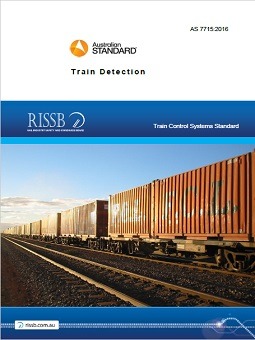The purpose of this standard is to provide the Australian rail industry with a set of mandatory and recommended requirements for the detection of all trains/rolling stock/rail vehicles to ensure that the signalling system receives reliable, accurate, sufficient and up-to-date information regarding the position and movement of all detectable trains/rolling stock/rail vehicles necessary for the safe control of the railway.
The standard addresses the requirements of the train detection system for the use of signallers and other operators. It spans accuracy and detail of train detection information and sufficiency of update frequency such that the signaller or other operator can safely control the movement of trains, including (so far is reasonably practical) during periods of failure.
The use of this standard will allow a uniform approach to be applied to: the design, installation, set up, testing and commissioning, modification, use, fault finding and disposal of train detection systems.
The standard is intended to –
- provide a uniform basis for compliance with AS 4292 Railway Safety Management;
- be adaptable to different railway environments; and
- identify the risks (hazards) being controlled.
This standard specifies the accepted criteria to be employed when designing, procuring, installing, maintaining, fault finding and monitoring train detection systems to ensure technical and safety integrity.




